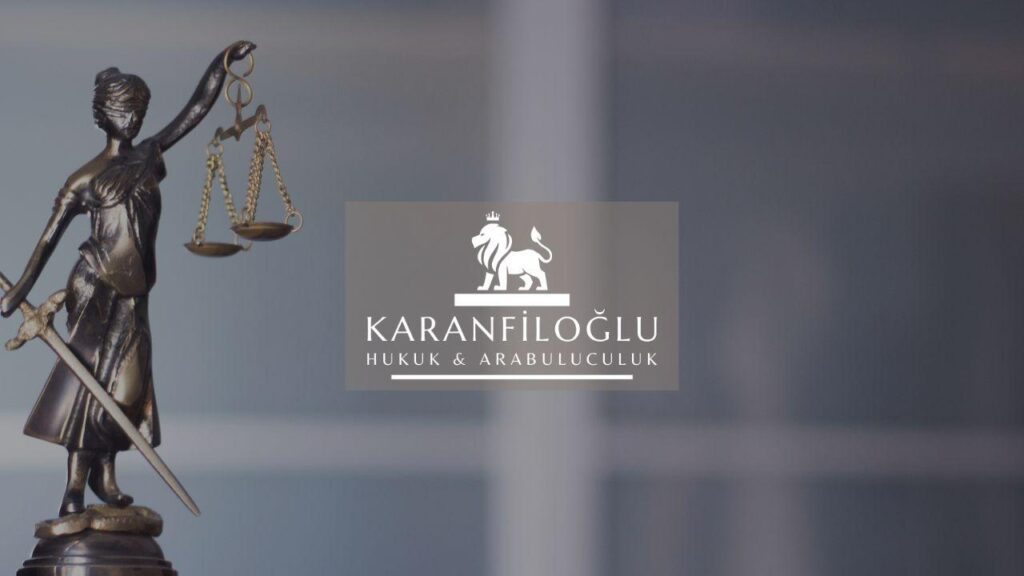In the wake of Turkey’s susceptibility to earthquakes, ensuring seismic safety has become paramount, governed by intricate regulations set forth under Turkish law. The pivotal cornerstone is the Turkish Seismic Code (TEC), also known as Regulation on Buildings to be Constructed in Seismic Zones (2018), which delineates the essential guidelines for construction and reinforcement to withstand seismic activities. Key articles like Article 4 and Article 5 of the TEC specify the seismic performance criteria and the required structural integrity measures respectively, ensuring that all edifices adhere to stringent safety standards. Moreover, the Law No. 6306 on the Transformation of Areas under Disaster Risk provides a comprehensive framework for urban transformation projects aimed at bolstering seismic resilience. At Karanfiloglu Law Office, we adeptly navigate these complex regulations, offering expert legal counsel to ensure compliance and safeguard our clients’ interests in seismic safety matters, fostering a foundation for secure and resilient community infrastructures.
Overview of Seismic Safety Laws in Turkey
The comprehensiveness of Turkish seismic safety laws is underscored by the Turkish Seismic Code (TEC 2018), which is the primary legislation for ensuring that buildings can endure earthquakes. Article 3 of the TEC meticulously defines the seismic zones in Turkey, providing a basis for determining the design requirements for various structural types in these areas. Moreover, Article 7 mandates detailed geotechnical surveys and site investigations before any construction activities, aiming to preemptively address potential seismic risks. These regulations are bolstered by the Law No. 4708 on Building Inspection, which stipulates stringent inspection protocols to enforce compliance with seismic safety standards throughout the construction process. At Karanfiloglu Law Office, we stay abreast of these evolving security laws and offer robust legal guidance to ensure that all our clients’ construction and renovation projects meet the highest national seismic safety requirements.
Beyond the core regulations outlined in the Turkish Seismic Code (TEC), there are supplementary legal instruments that fortify Turkey’s commitment to seismic safety. The Regulation on the Principles of Building Design and Construction (2019), detailed in Article 8, sets out additional structural and non-structural requirements to enhance buildings’ earthquake resilience. This includes provisions for base isolation systems and energy dissipation devices, which are critical for minimizing earthquake impacts. Further, Law No. 5998 on Urban Development, specifically Article 12, emphasizes the necessity for urban planning that incorporates seismic risk assessments to mitigate potential hazards. These multi-layered legal frameworks obligate all stakeholders, from architects to developers, to adhere to rigorous safety protocols. At Karanfiloglu Law Office, we are adept at interpreting and applying these comprehensive laws, providing our clients with the legal acumen necessary to navigate Turkey’s stringent seismic safety landscape successfully.
In addition to the extensive legislative measures, Turkey’s seismic safety regulations also encompass financial support mechanisms aimed at fostering compliance and encouraging urban transformation. Article 10 of Law No. 6306 provides incentives such as tax reductions and credit facilities to property owners undertaking reinforcement and rebuilding projects in designated disaster risk areas. Complementing this, the Regulation on Building Identification Systems (2020) mandates the use of a centralized database to streamline the monitoring and management of compliance with seismic safety standards. These provisions are critical for ensuring that financial and administrative barriers do not impede the implementation of necessary safety measures. At Karanfiloglu Law Office, we are proficient in leveraging these financial aids and regulatory mechanisms to optimize the seismic resilience of our clients’ properties, thus mitigating risks and enhancing the long-term safety of Turkish communities.
How Seismic Regulations Impact Property Investments
When contemplating property investments in Turkey, understanding seismic regulations is crucial, as these rules significantly influence both the viability and cost of real estate ventures. According to Article 7 of the Turkish Seismic Code (TEC), all new constructions must undergo rigorous seismic risk assessments, which impact site selection and architectural planning. The compliance requirement extends not only to new structures but also to the retrofitting of existing buildings under Article 8, necessitating investment in advanced engineering solutions to meet stipulated structural integrity standards. Furthermore, Law No. 6306 mandates urban transformation projects in identified disaster-risk areas, often leading to mandatory redevelopment or reinforcement of older properties. These regulatory demands mean that potential investors must account for additional costs and procedural hurdles, making informed legal advice imperative. At Karanfiloglu Law Office, we specialize in guiding clients through these complexities, ensuring their property investments are both compliant and resilient to seismic activities.
Navigating these seismic safety regulations also affects the valuation and marketability of properties. Under Article 9 of the TEC, properties that comply with seismic standards typically enjoy higher market value due to enhanced safety and lower long-term risk. Conversely, properties that fail to meet these criteria are not only exposed to heightened risk during an earthquake but also face potential devaluation and legal liabilities, including fines and mandatory retrofitting costs as stipulated under Article 11. Investors must consider these factors when conducting due diligence, as non-compliant properties may entail additional expenses for structural upgrades to meet the required seismic safety standards. At Karanfiloglu Law Office, our in-depth understanding of these regulations helps clients make informed decisions, providing a strategic advantage in a market where compliance directly correlates with property value and investor security.
Given the stringent nature of Turkish seismic regulations, proper legal guidance is indispensable for successful property investments. The complexities of ensuring compliance can be daunting, particularly with continuous changes and updates to the TEC. For instance, Article 12 outlines the necessary documentation and approval process to verify compliance, making it critical for investors to navigate bureaucratic requirements effectively. Failure to adhere to these regulations can result in significant financial setbacks, including delays in project completion, additional compliance costs, or even legal disputes. Karanfiloglu Law Office is adept at minimizing these risks through meticulous legal planning and proactive regulatory navigation. By offering tailored legal strategies, we assist clients not only in fulfilling seismic safety obligations but also in optimizing their investments for long-term safety and profitability. Our expertise ensures that investors can confidently navigate the complexities of Turkey’s seismic regulations, transforming potential challenges into opportunities for growth and sustainability.
Legal Assistance in Navigating Turkish Seismic Safety Compliance
At Karanfiloglu Law Office, we understand the complexities and challenges involved in ensuring compliance with Turkish seismic safety regulations. Our experienced legal team provides comprehensive advice and representation to navigate the nuances of the Turkish Seismic Code (TEC) and the Law No. 6306 on the Transformation of Areas under Disaster Risk. We thoroughly assess clients’ construction plans and existing structures to ensure they meet the seismic performance criteria stipulated in Article 4 and the structural integrity requirements detailed in Article 5 of the TEC. By leveraging our in-depth knowledge of these regulations, we assist clients in obtaining necessary permits, addressing non-compliance issues, and mitigating legal risks associated with seismic safety.
Furthermore, at Karanfiloglu Law Office, we provide indispensable support throughout the urban transformation process as outlined in Law No. 6306, which aims at reducing the disaster risk in areas susceptible to seismic activities. We assist property owners and developers in navigating the bureaucratic landscape, from drafting and reviewing contracts to negotiating with relevant government bodies and securing incentives granted under this law. Our team ensures that every phase, from application to project completion, adheres to the stipulations of the Turkish Seismic Code and meets all regulatory benchmarks. By staying up-to-date with evolving legislation and continuously liaising with regulatory authorities, we empower our clients to proactively address seismic safety concerns, thereby fostering sustainable and resilient urban development.
To further enhance our clients’ compliance with seismic safety regulations, Karanfiloglu Law Office offers specialized consultancy services tailored to the unique needs of each project. Our legal expertise extends to conducting rigorous due diligence, identifying vulnerabilities within existing structures, and advising on necessary legal actions to reinforce seismic resilience. Whether it involves initiating structural assessments, facilitating collaboration with architects and engineers, or representing clients in contentious matters related to seismic compliance, we ensure that every legal aspect is meticulously addressed. By integrating legal oversight with technical and structural insights, we help clients adhere not only to the requirements of the TEC but also to broader disaster risk management strategies under Law No. 6306, thereby ensuring both legal and structural soundness in seismic zones. With our comprehensive approach, Karanfiloglu Law Office stands as a steadfast partner to those seeking to fortify their properties against the unpredictable nature of seismic activities, ultimately contributing to a safer built environment.
Disclaimer: This article is for general informational purposes only and you are strongly advised to consult a legal professional to evaluate your personal situation. No liability is accepted that may arise from the use of the information in this article.







